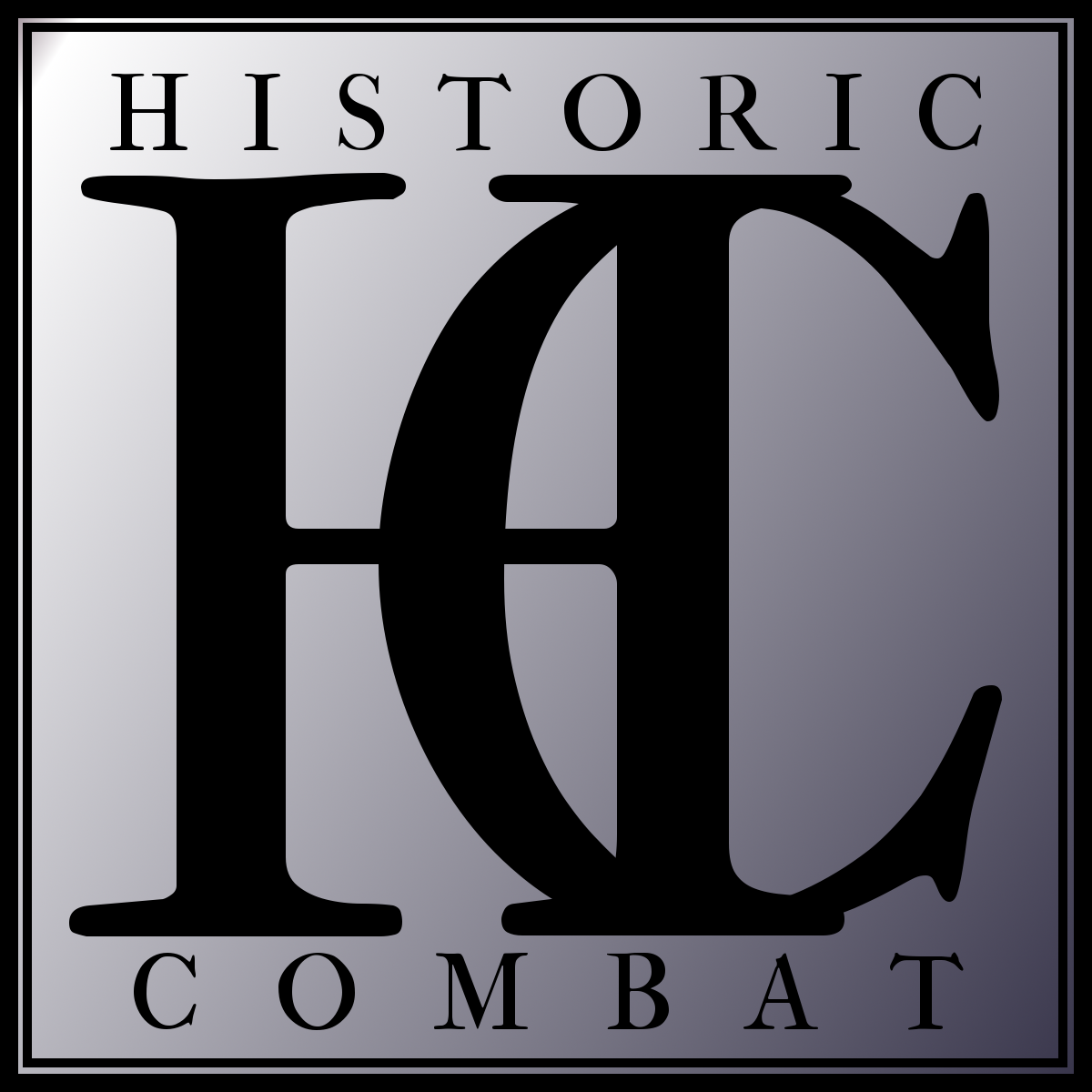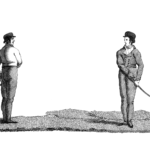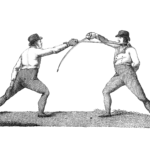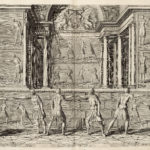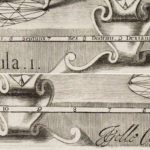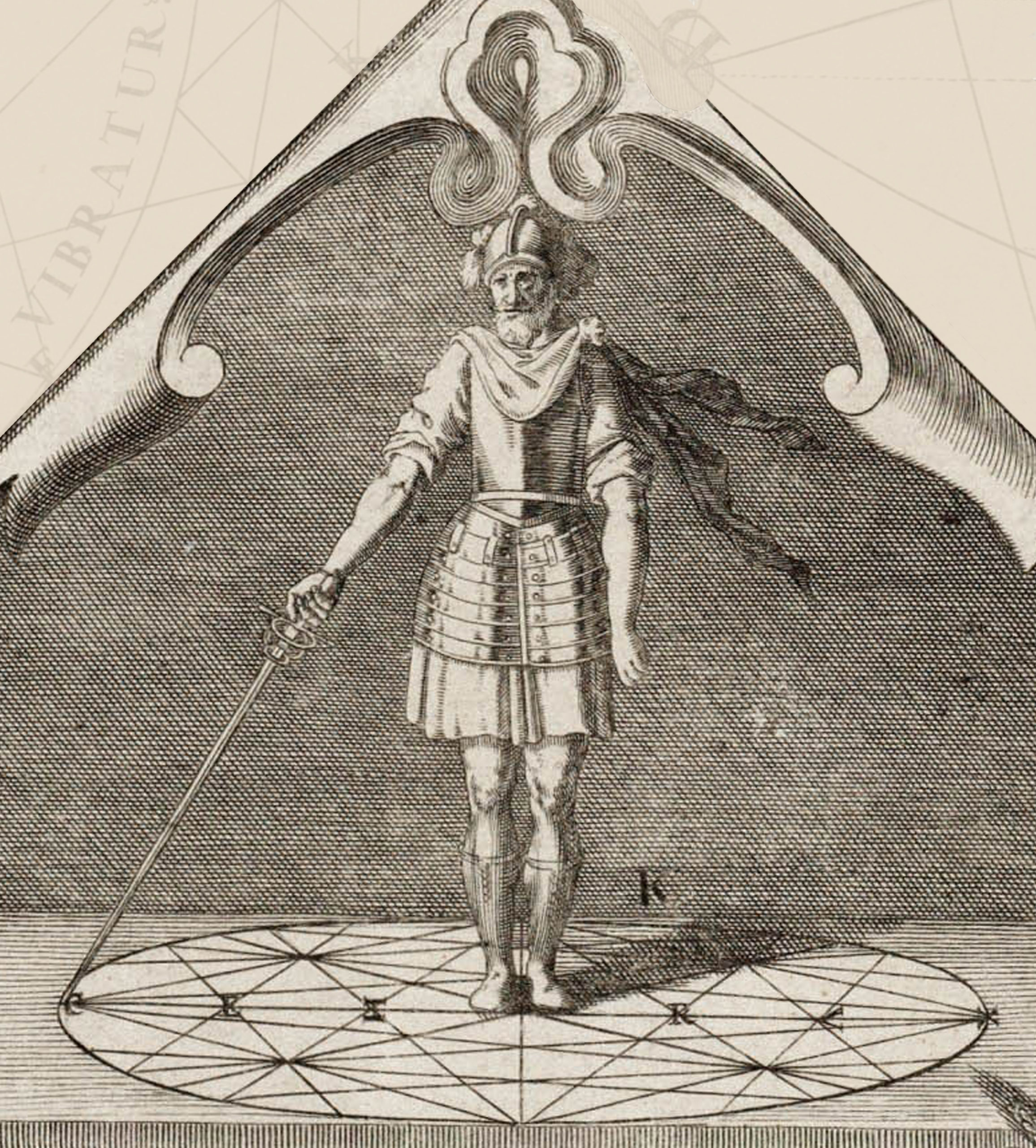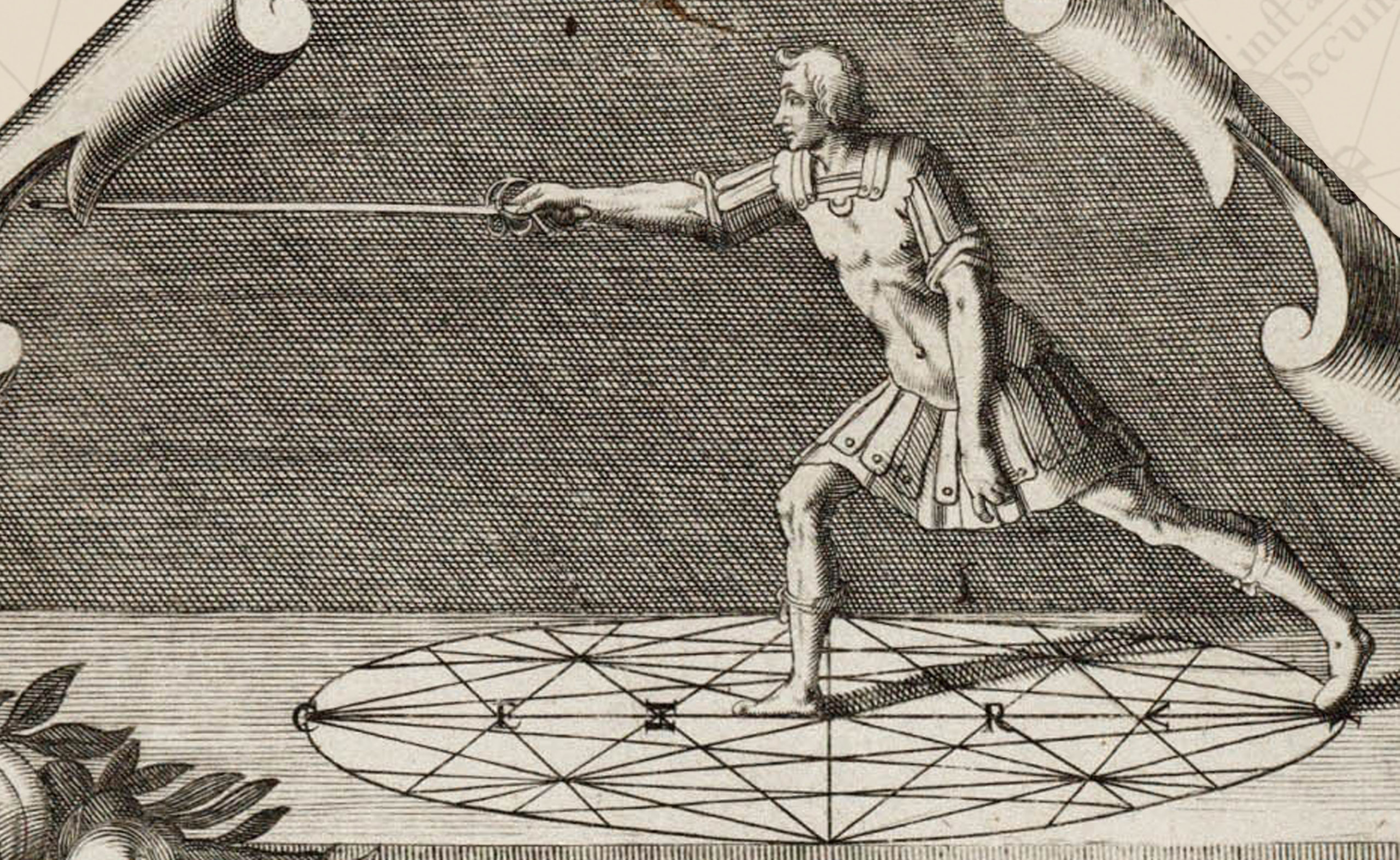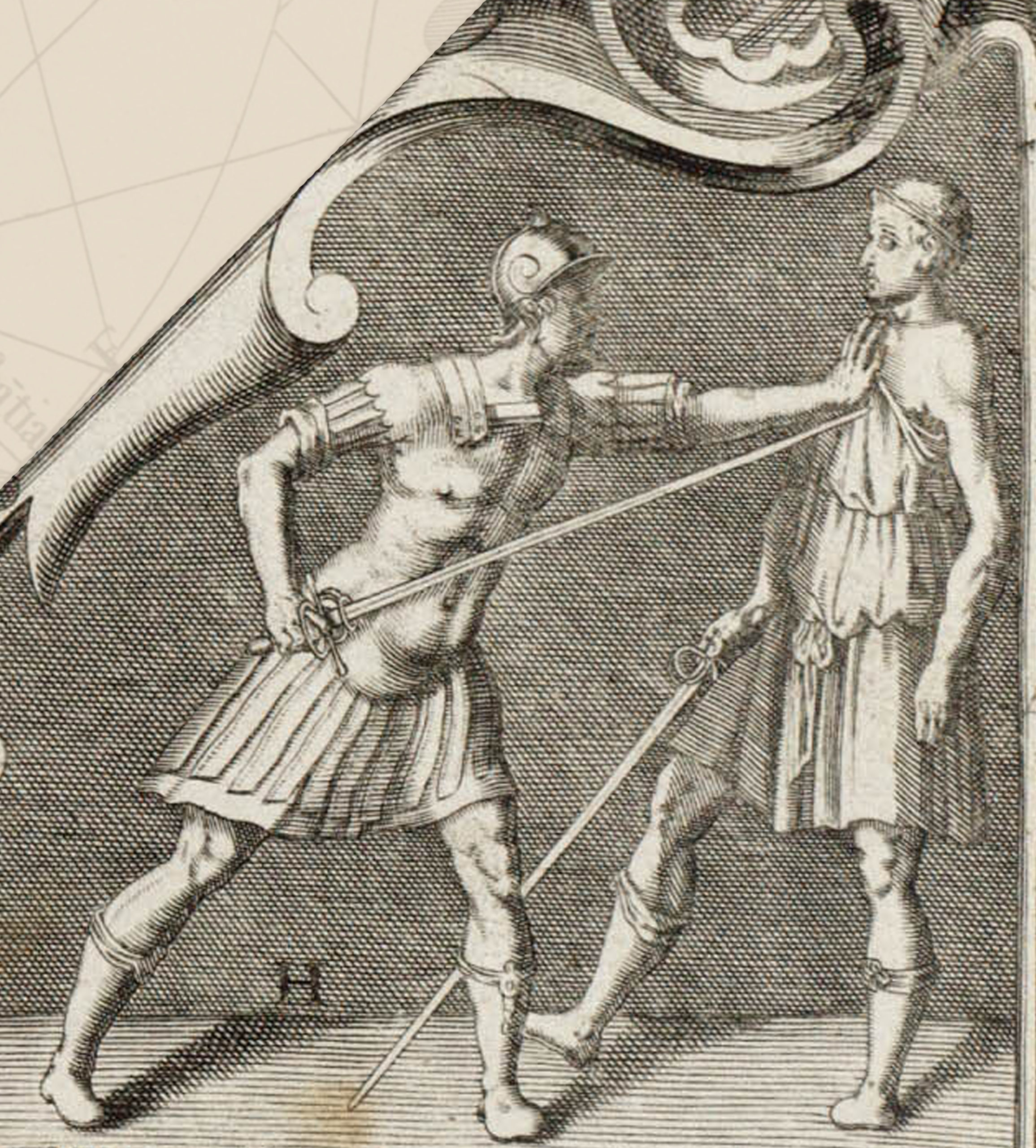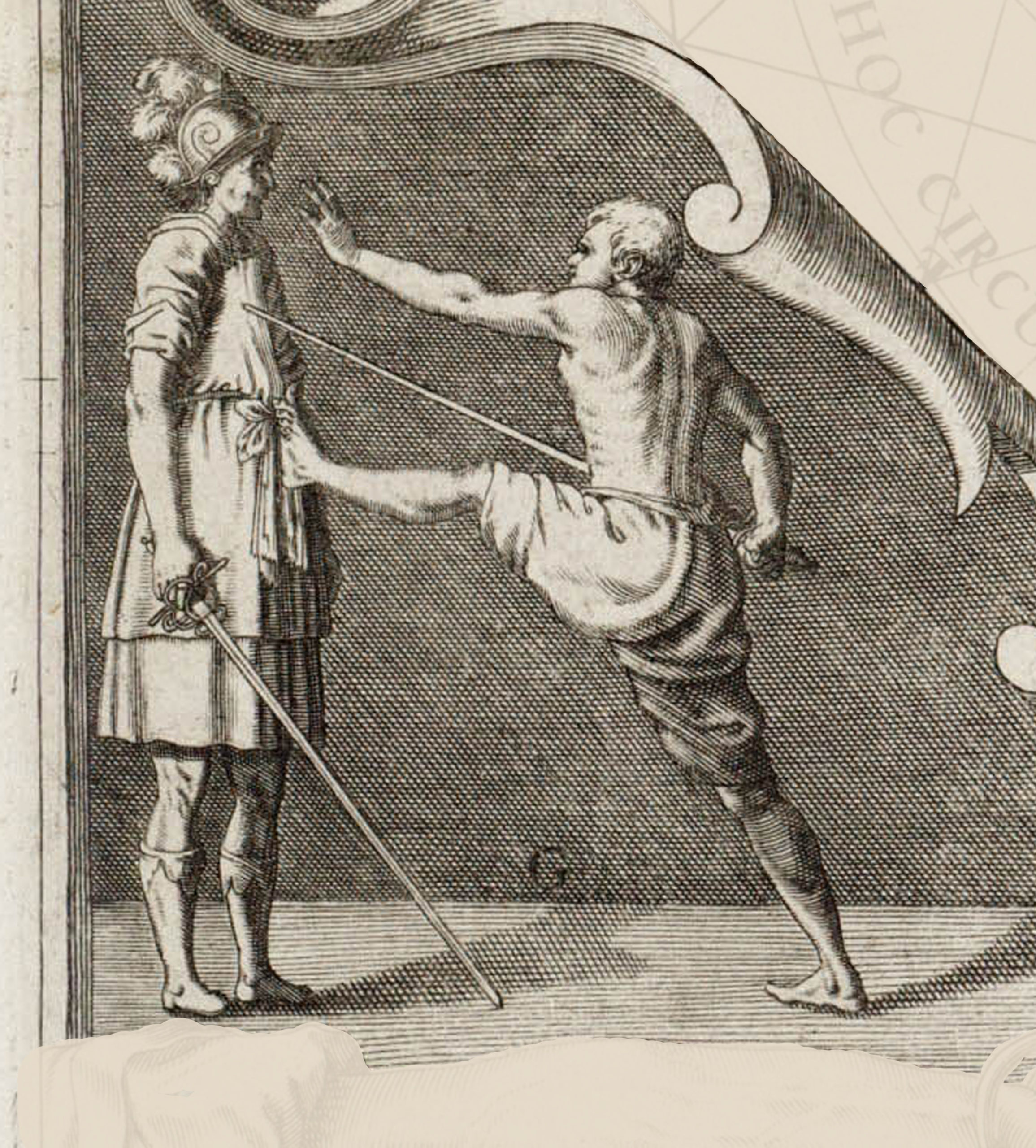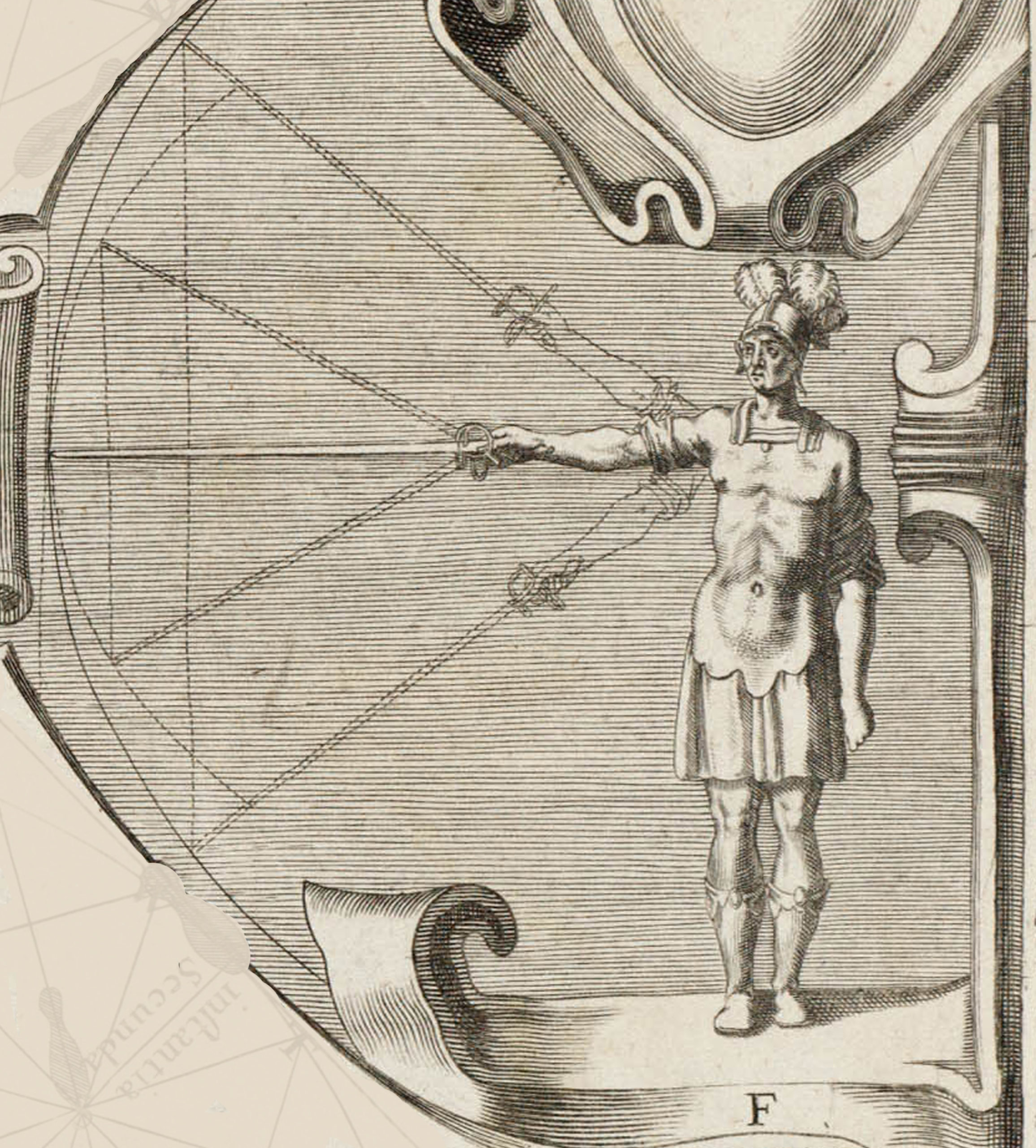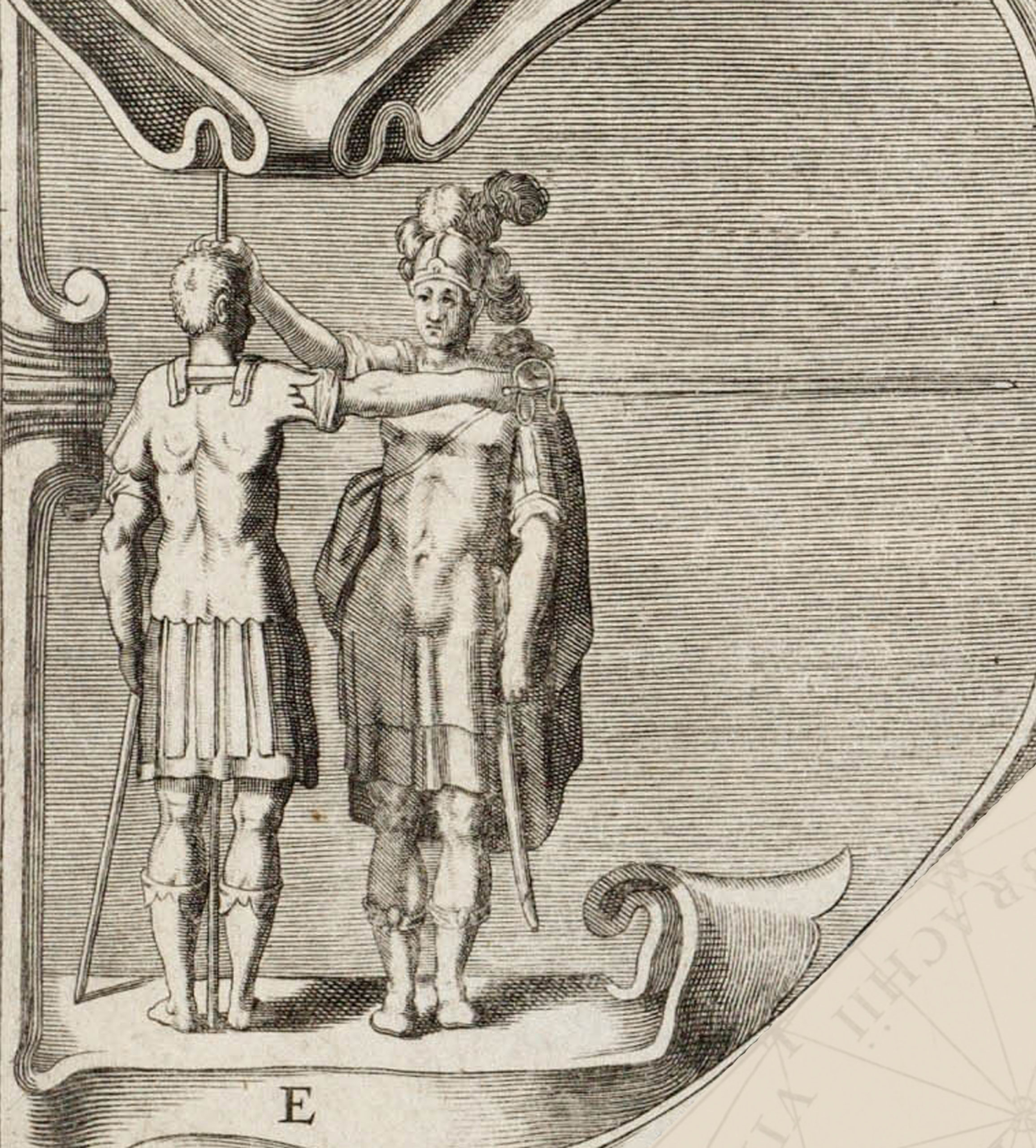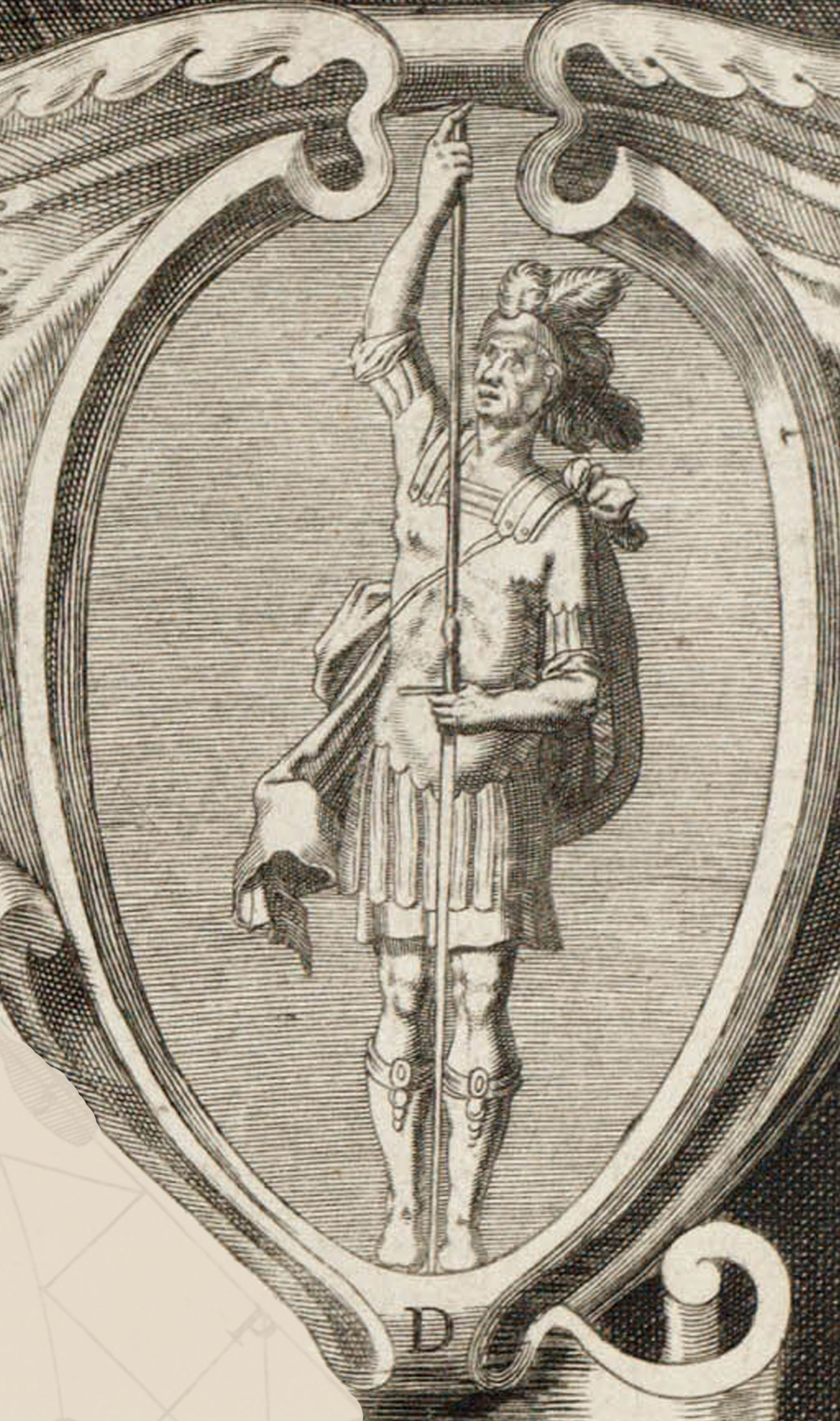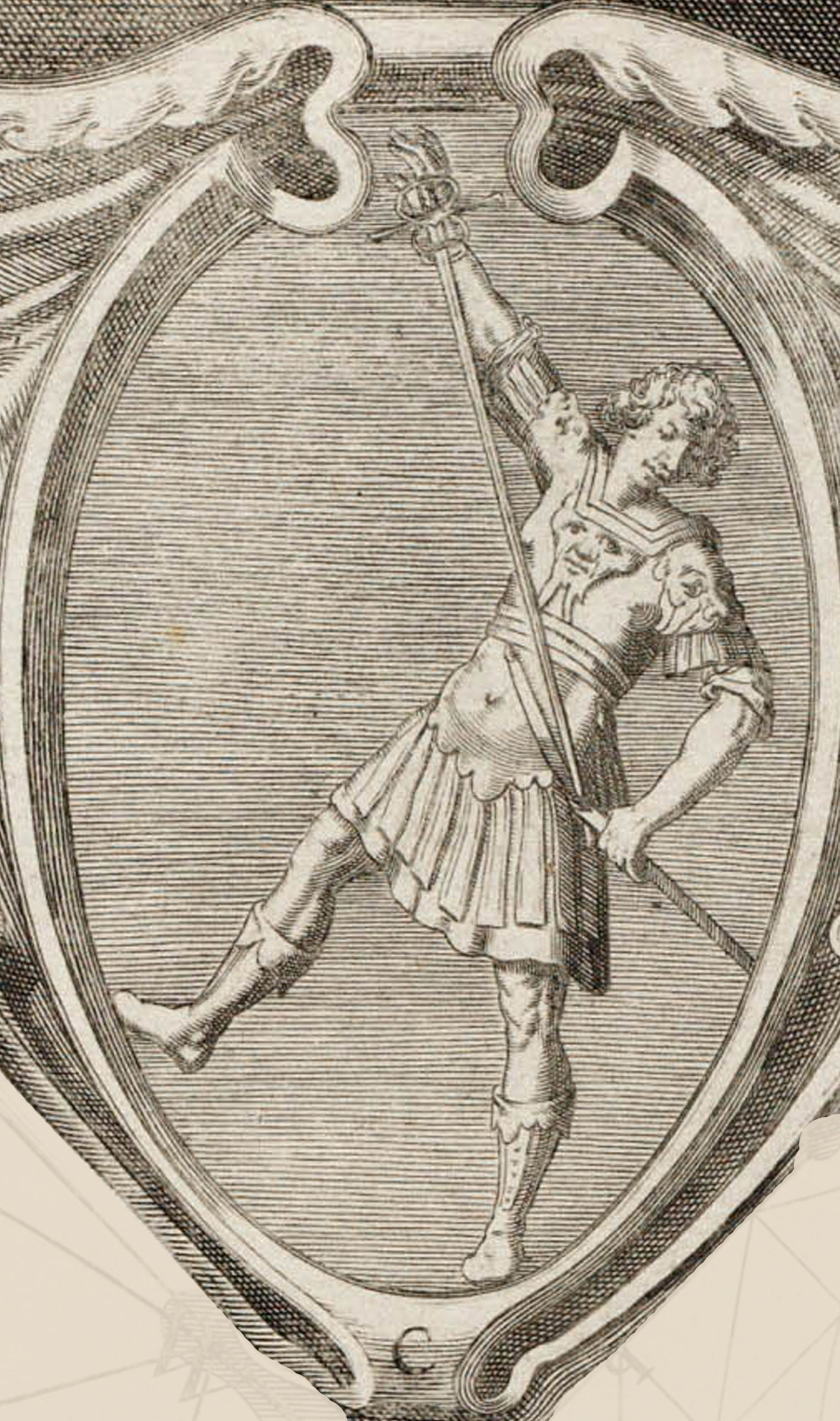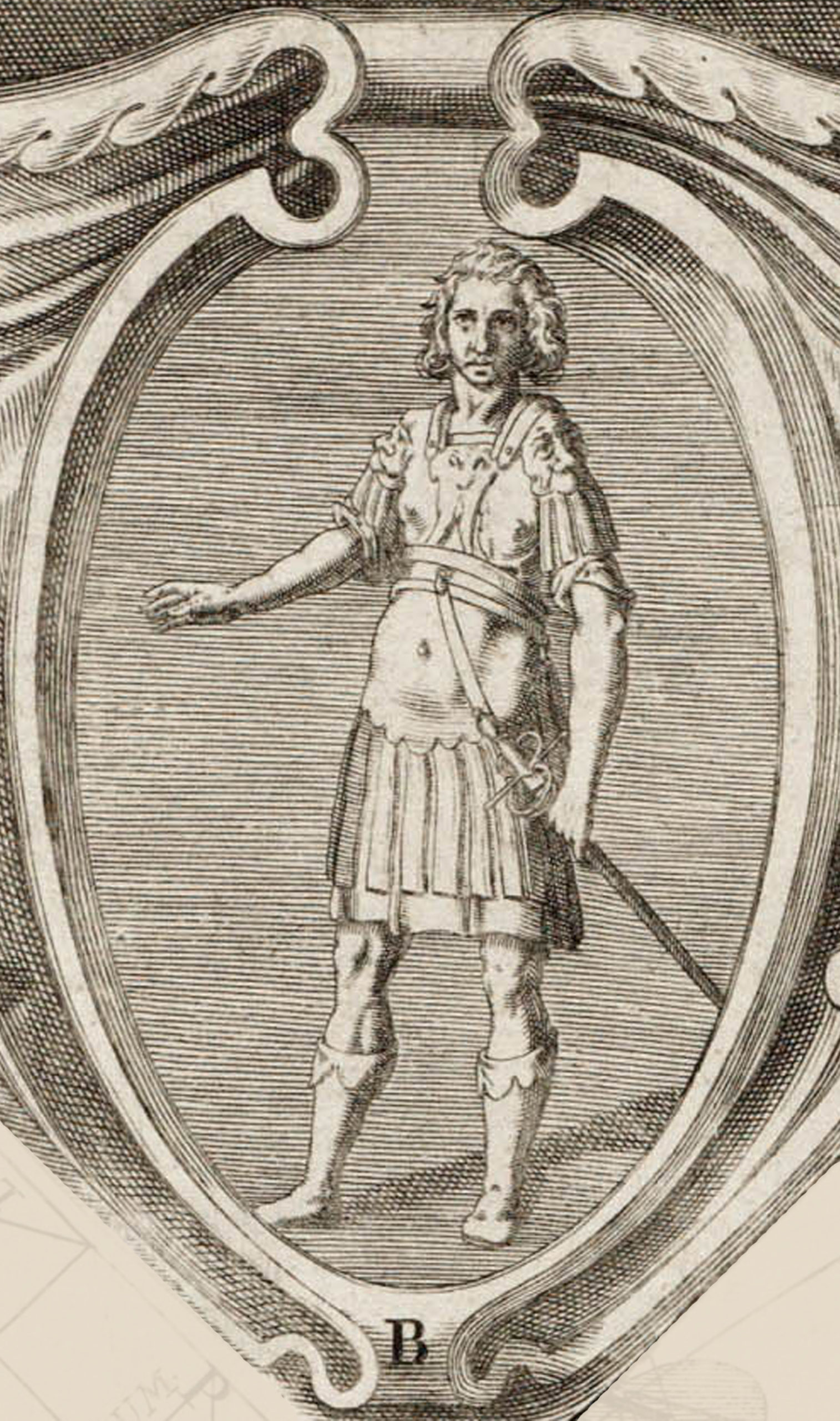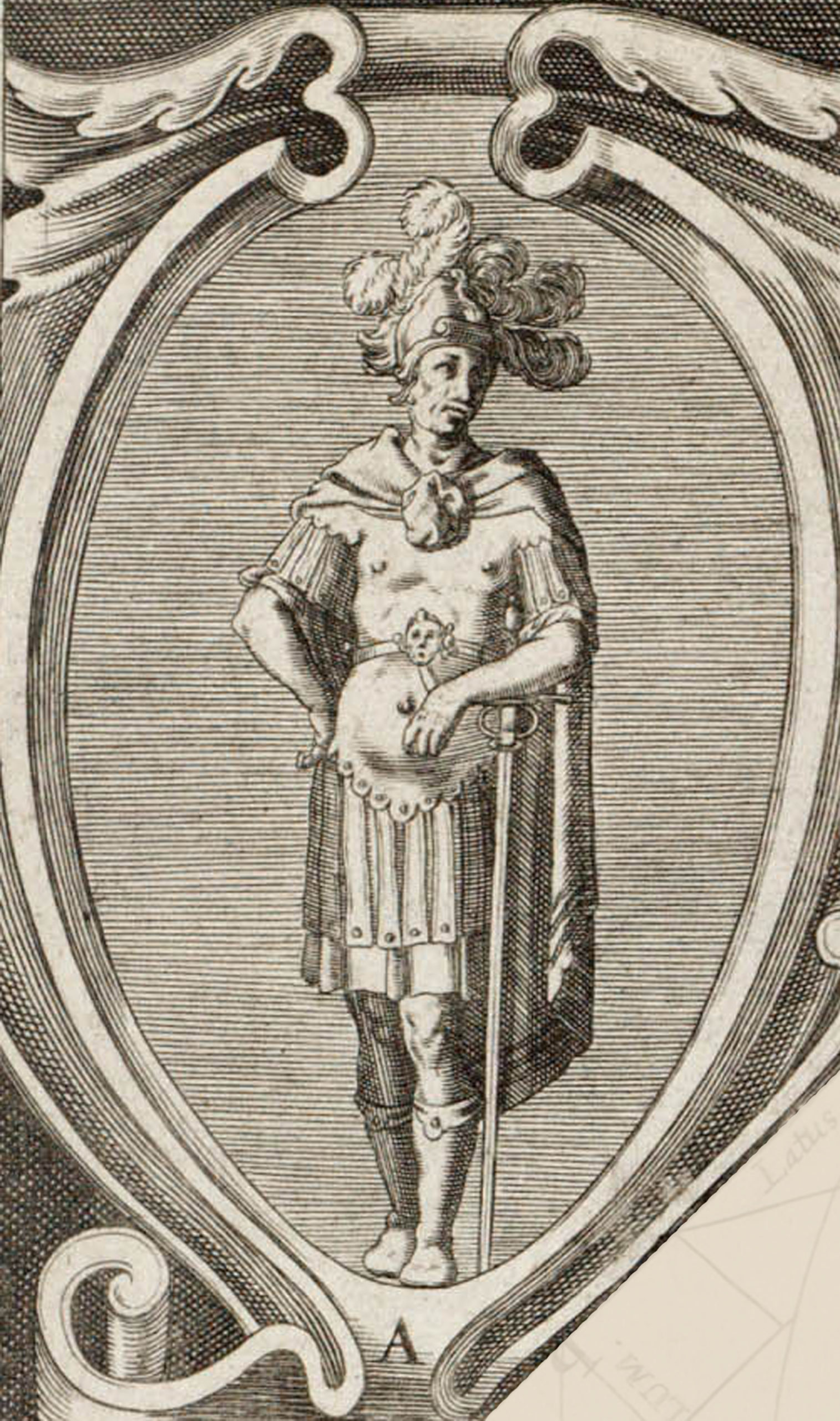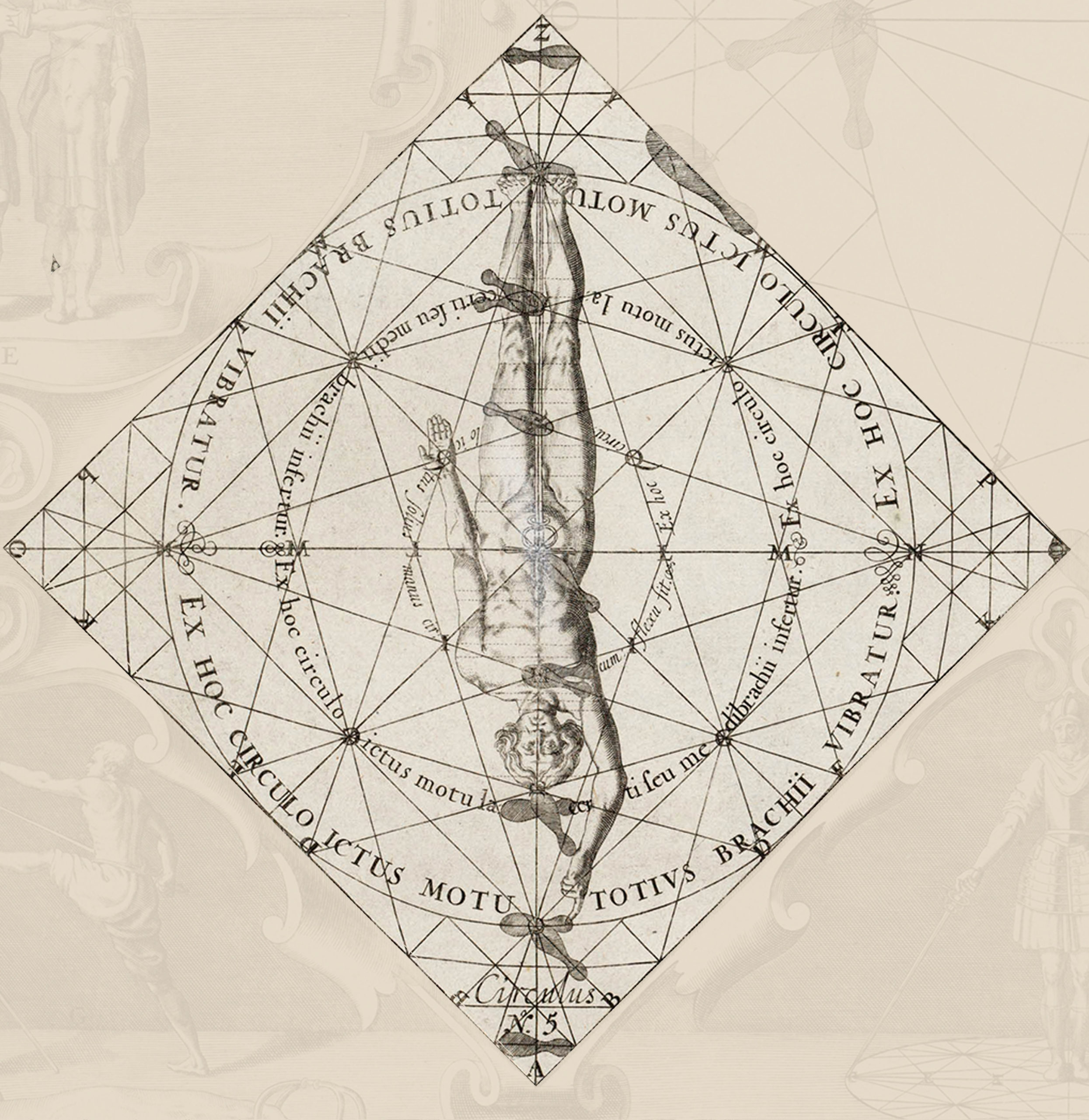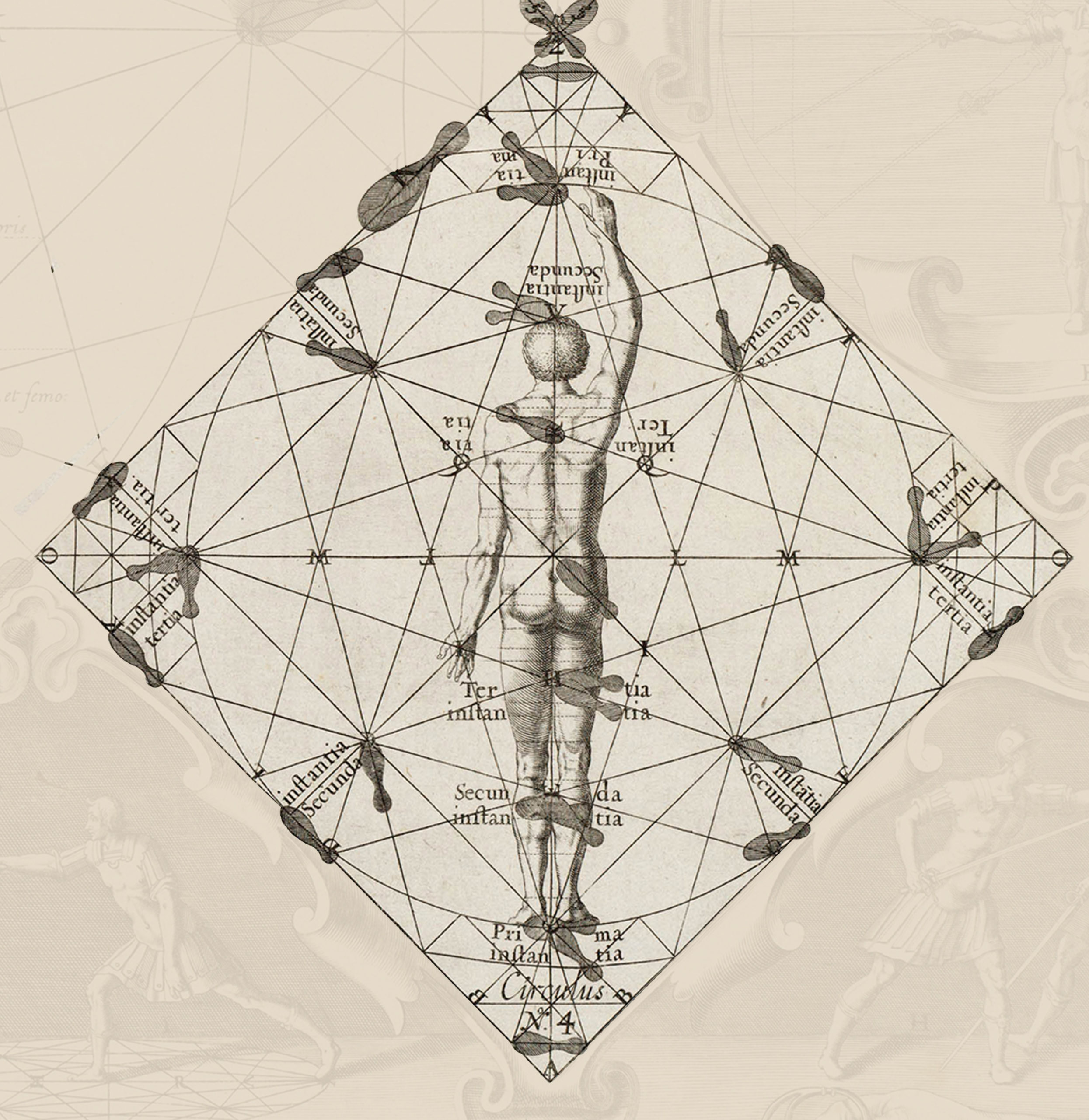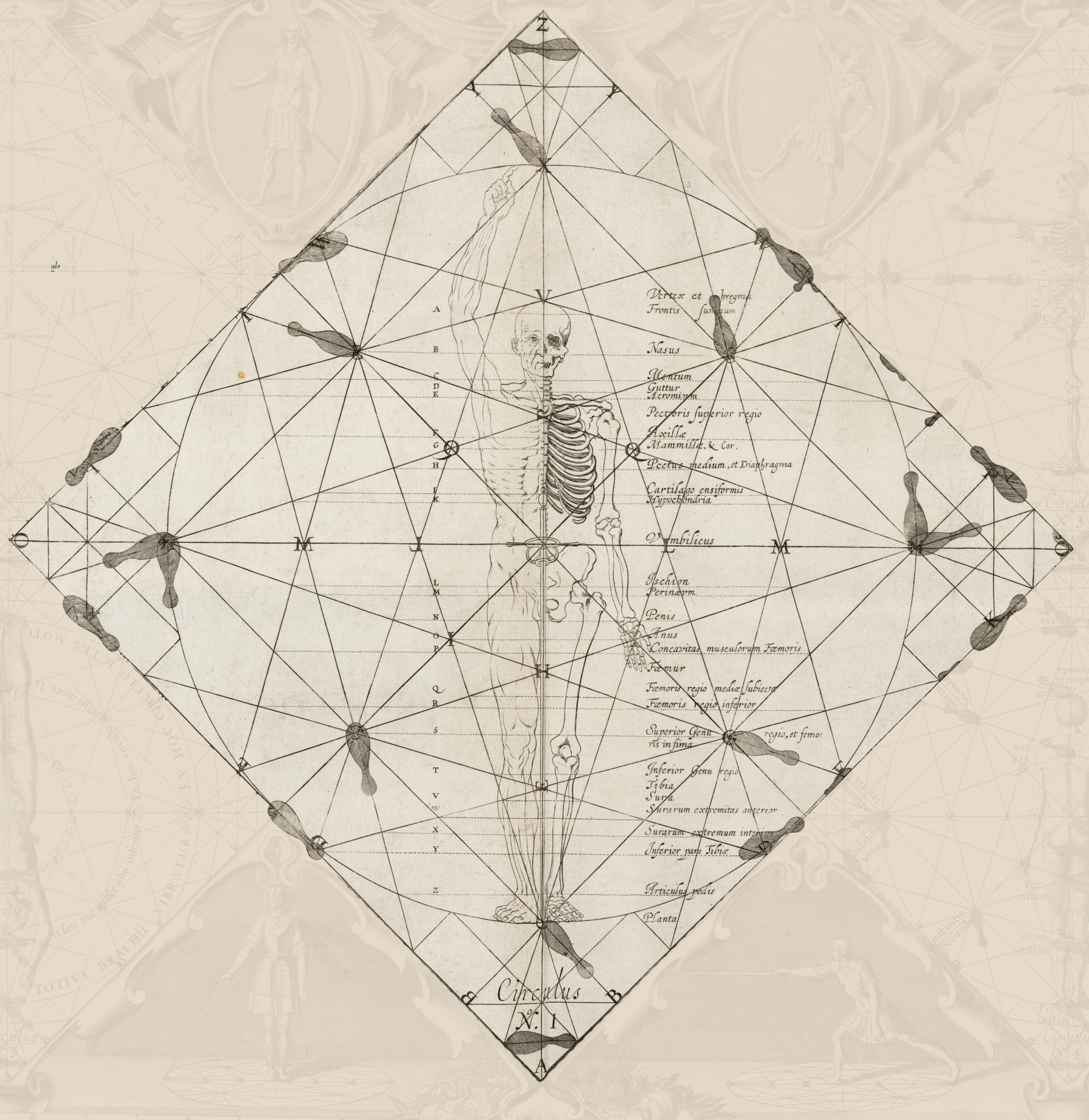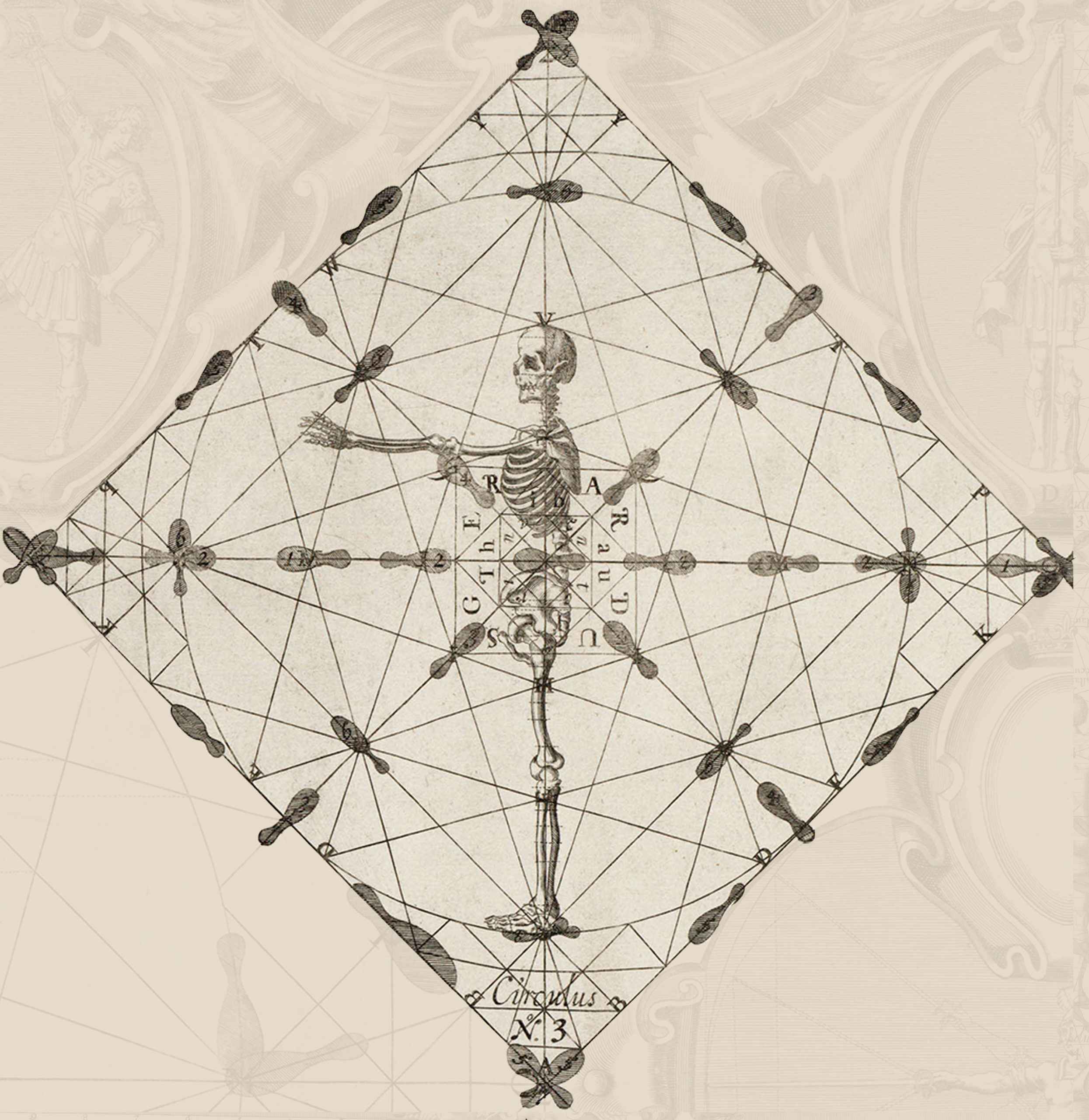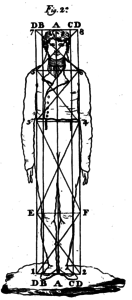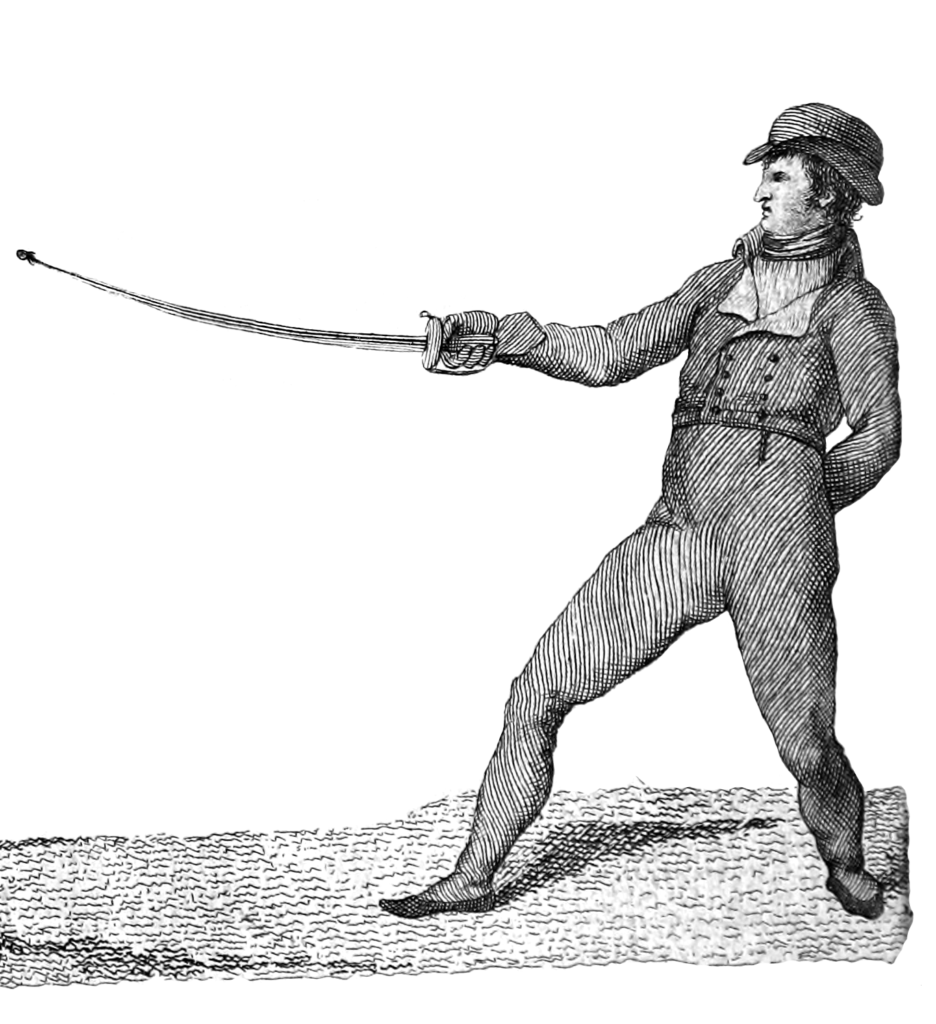Half Reverse on the Parry of Third, and its Removal
168. The contrary having repaired the thrust you threw him with the removal of third where the point has gone down to the shoulder or a little more, the one that threw will bend his arm by the elbow, enough that his weapon goes out from the point of the other and, from here, extend it again, executing a horizontal half reverse to the face or neck of his opponent and over his weapon and half position of planes, without omitting a prompt recovery.
169. To remove this blow it is necessary to make, with the greatest speed, the parry of second, moving to square, noting to give the enemy time to complete the formation of their shot. But, as soon as he begins the movement of execution, drop the point of your sabre, raising the guard a little more than is advised for the removal of second (§ 132) and, perfecting the rest of this removal, the defense will be achieved.
Frias references paragraph 132, which is actually the parry or removal of First. The correct reference should be paragraph 133.
Vertical Cut to the Head on the Guard of Third, and its Removal
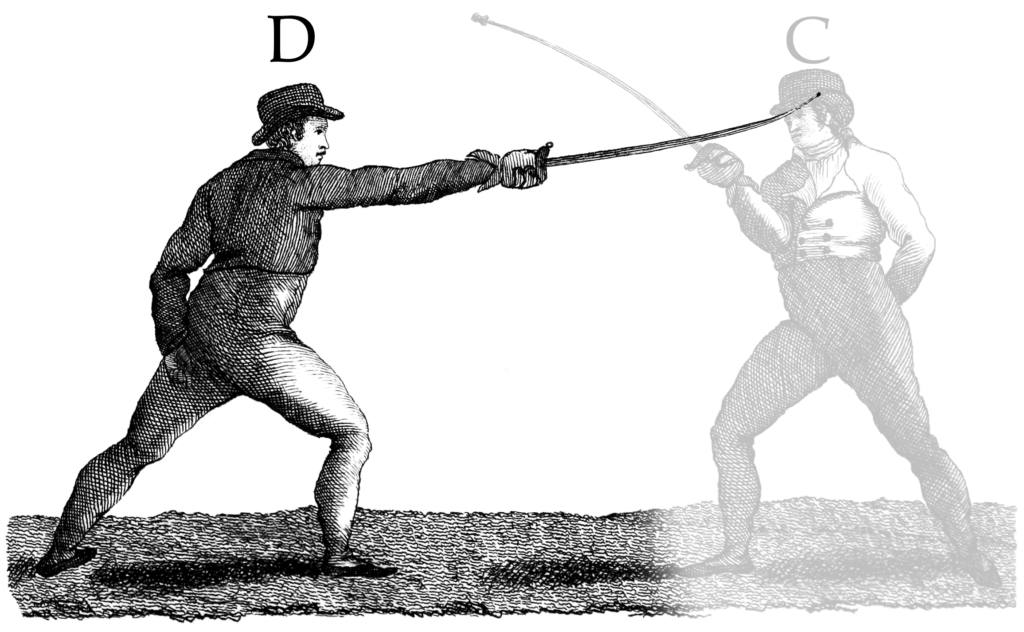
170. Even if the third with which the enemy has repaired the thrust that was thrown has been fixed, you can remove your sabre by the point of the contrary. But, do this with a short bend of the elbow so that the wrist is the principal agent, and when you acquire freedom, execute with great violence a vertical cut to the head or shoulder, profiling. With the same operation, you will be able to direct a diagonal cut to the face (Plate 10, Figure 19, Letter C).
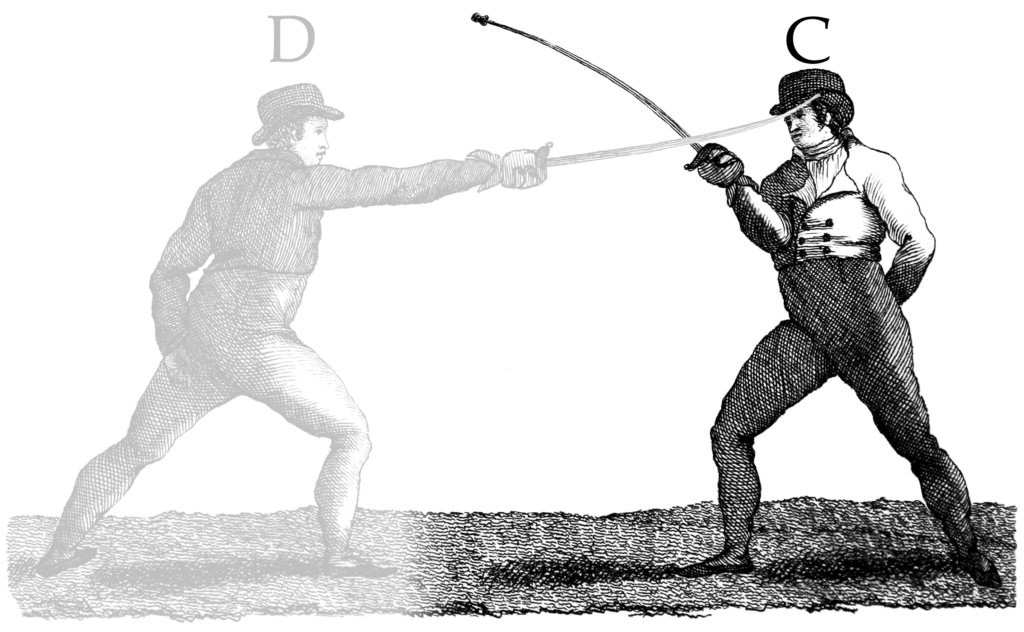
171. These blows are perfectly repaired with the parry of high fourth, inclining the head a little at the same time over the right shoulder, and not omitting any of the circumstances which this removal requires (Plate 10, Figure 19, Letter D).
Frias’ plate references are to the wrong figures regarding Plate 10, Figure 19 in paragraphs 170 and 171. The cut from paragraph 170 is shown in Figure D, whereas the parry of high fourth from paragraph 171 corresponds to figure C. I have left the references in the text consistent with what is in the original text, but have shown the illustrations that correspond to the actual actions described.
Points Which are Uncovered on the Parry of High Fourth
172. On this remove are uncovered below the guard, the points of the half cut to the arm, the same to the belly with the counter edge, diagonal to the leg, and the thrust of second below the hand. By the point: diagonal reverse to the face and to all the lines of the right side.
Diagonal Cut to the Side on Third and its Removal
173. This cut, like the previous ones, is executed on the removal of third that the enemy makes to the thrust of the same name, and because of this, you remove your sabre by the point of the opposite with the circumstances stated above, adding to these to look with the edge to the line on the side to which you intend to direct the offense. Note that the lower the line is, the more speed is demanded for its execution and recovery.
174. Remove these cuts with the parry of first, but it is necessary for the security, at the very beginning of the execution of the shot, when the point of the weapon is lowered with great speed, and the arm is bent at the elbow, you will make your sabre come to the removal in a moment. The points uncovered on this removal have been noted in paragraph 99.
